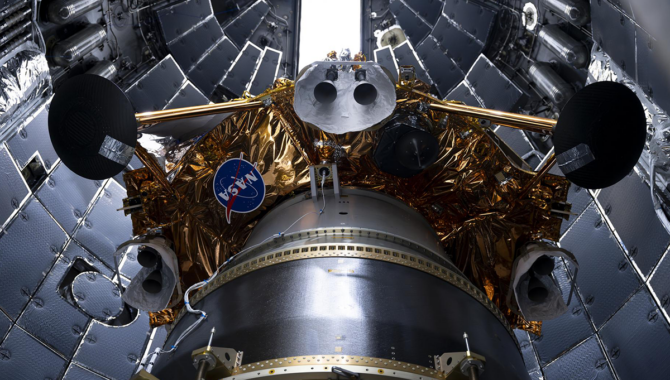
CLPS Blue Ghost mission delivers high-definition images of sunset from the lunar surface.

CLPS Blue Ghost mission delivers high-definition images of sunset from the lunar surface.
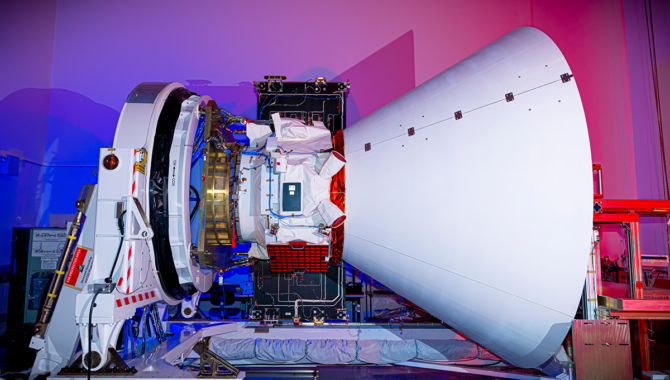
Compact infrared telescope will look for evidence of cosmic inflation and ice in the Milky Way.
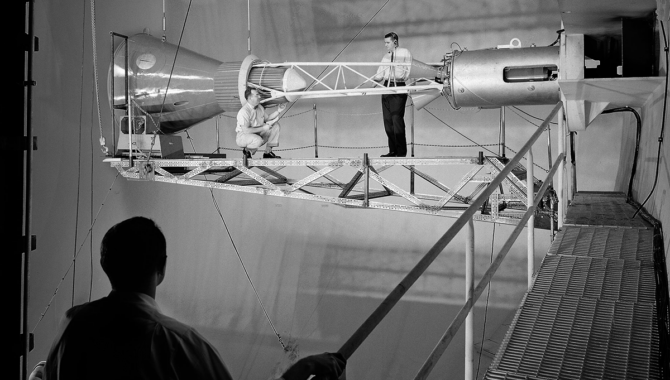
Maxime Faget built on groundbreaking work by H. Julian Allen to shape the future of NASA space exploration.
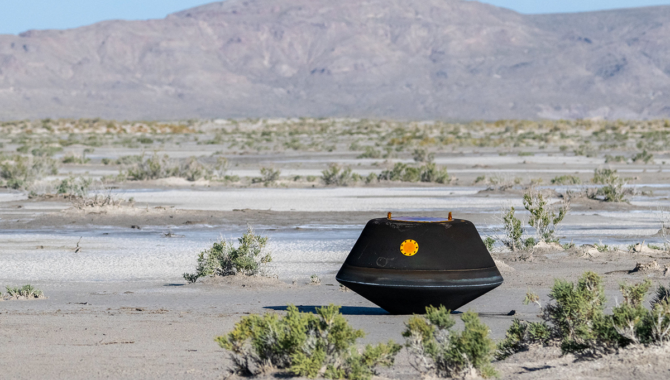
The parent of Bennu was deep in the solar system, held many of the building blocks of life, and likely contained salty brines below the surface.
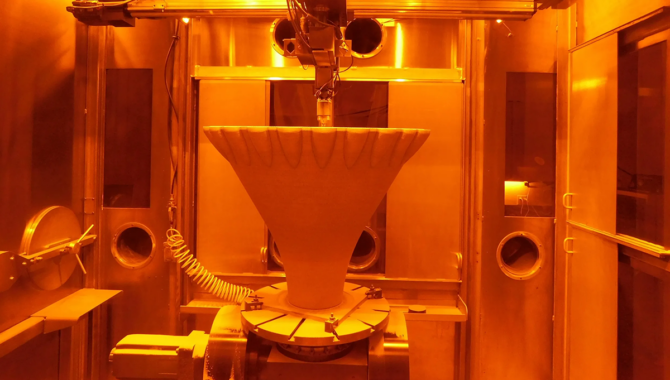
Spinoff publication highlights innovations for space that improve everyday life for millions.
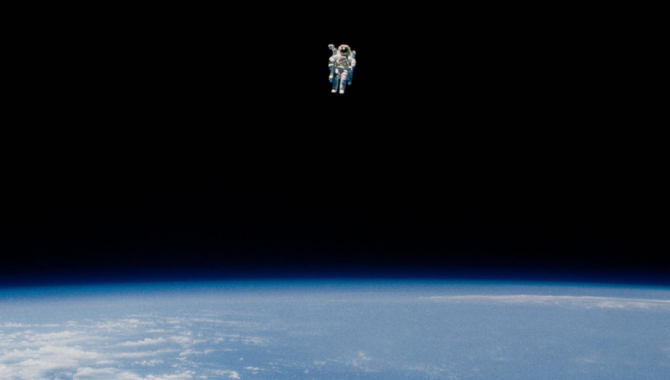
Long envisioned in science fiction, NASA’s Manned Maneuvering Unit was built to support critical tasks during the shuttle era.
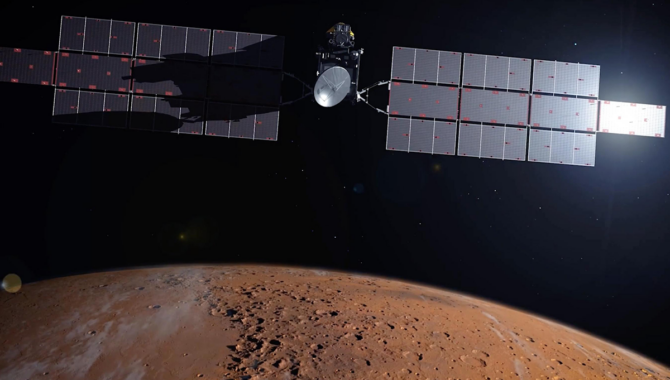
Sky Crane landing, commercial options are being considered to return samples from Mars to Earth.
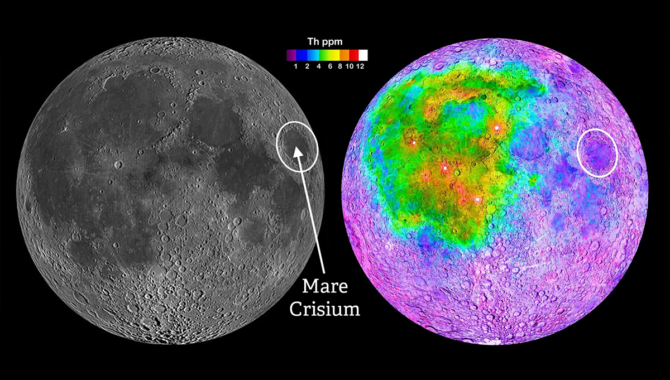
Third spaceflight in the program will carry a varied NASA payload of scientific instruments to the lunar surface.

The nation chooses to reduce spending after Apollo, focusing on a versatile, reuseable spacecraft for low-Earth orbit.